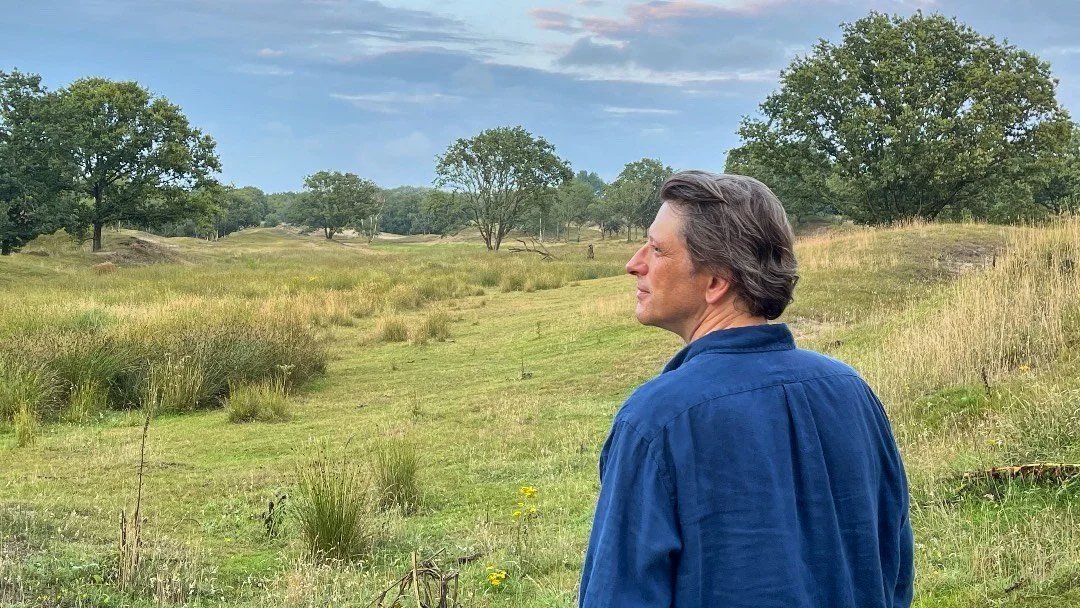Alexander Verbeek is Policy Director of the EDRC (the Environmental Development Resource Centre in Brussels), he is an environmentalist, public speaker, diplomat and former strategic policy advisor at the Netherlands Ministry of Foreign Affairs. I came to know Alexander through his independent newsletter The Planet (published on Substack). We spoke during COP26, Alexander was also speaking at the conference, but with Biophilic Design being such an important solution in the built environment to some of the climate issues, I wanted to speak with Alexander to hear his thoughts on how the climate crisis is shaking the foundations of life on our planet across the world.
So listen on, he sets the scene, starting with his early life camping in nature with his family, right through to his work on climate change as a spokesperson and diplomat. We also talk about COP26, and he discusses how climate change is impacting global security and that “there is no time to lose”, we need visionary leaders, more diplomats, and a system change. We introduce Biophilic Design solutions in cities and how this can help. “I am fully behind what you do”, he says. He says that in a recent survey it was found that 10% of youth in the UK over the past year did not spend even a minute in nature. This is not hiking up mountains, but even in a city park. He calls for proper education programmes in schools where we should learn to understand and respect nature. He also says, when we build a home or a new neighbourhood, we should plant trees, these are the best carbon capture and storage that the world has ever designed. This should not be perceived as a luxury, but as essential. We discuss how trees in cities have enormous positive impact on our psychological welbeing but also how with climate change impacting our built environment so harshly, tress can help cities withstand the heatwaves. He also raises the fact that poorer neighbourhoods often have less trees, which of course impacts on so many aspects of the lives. Design should include this synergy with nature, we should be closer to nature in our every day lives, so we are much more prepared to deal with the new demands on us in our rapidly changing climate. We will be seeing more extreme heatwaves, heavier downpours. We need environments to help sustain life.
This is very much a wake up call for Biophilic Design solutions in our built environment to help deal with the climate crises.












